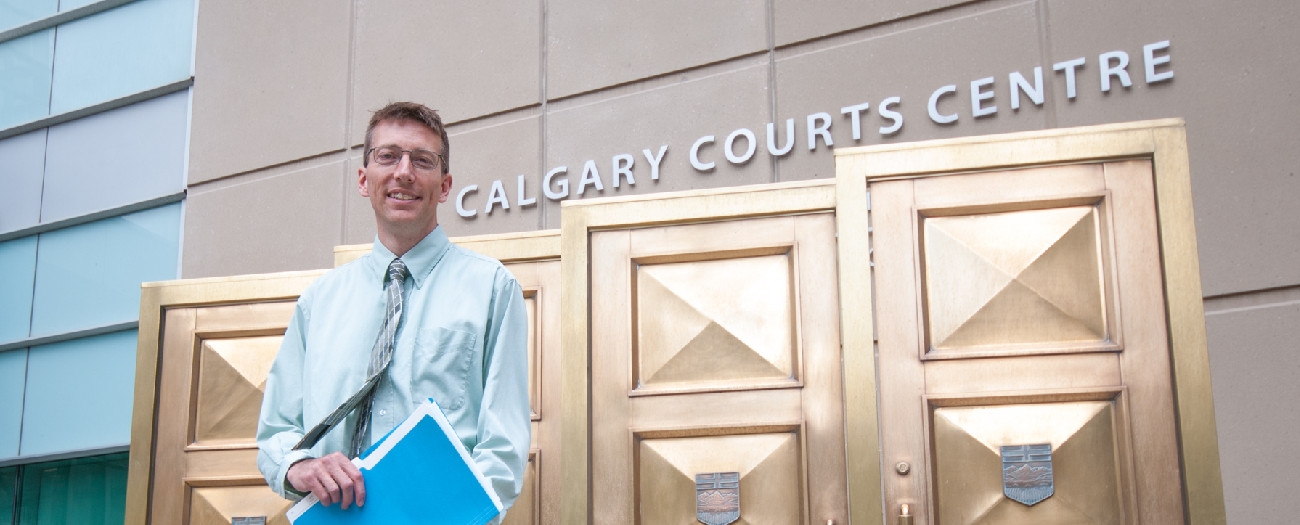Prosecution is one option when companies skirt the AER’s rules
Alberta - June 05, 2023With over 156 000 operating wells, 440 000 kilometres of pipeline, 8 operating oil sands mines, 5 operating coal mines, more than 180 in situ oil projects, and over 45 000 oil and gas facilities, policing Alberta’s energy industry is serious business. Incidents happen, and it's up to the Alberta Energy Regulator’s (AER’s) investigators to gather evidence when companies appear to have skirted the rules.
“The AER‘s investigators are peace officers; they have the authority to apply for search warrants, lay charges, and serve companies or people court summonses,” says Greg Jones, manager of the AER’s major investigations team. “These people are law enforcement.”
Laying charges

By law, the AER has two years to take enforcement action against a company. Enforcement can include issuing warning letters, administrative penalties, or orders, or laying charges.
While prosecutions take place in a courtroom, AER investigators draft the court documents that list the charges and include a summons requiring the company to appear in court by law. The AER then present the documents to the court to lay the charges. Once these documents are signed by a justice of the peace, they become official, and an AER investigator delivers them, in person, to the company.
Jones notes that while in most cases the company knows it’s being investigated by the AER, this is often the first time it learns that charges have been laid against it.
“With any court proceeding, we can’t release the details of our investigation until the court has made its decision,” adds Jones. “If we do, the company’s right to a fair trial is at risk.”
When charges are laid, both the Crown prosecutor and defence counsel get to review the entire AER investigation file. If a trial is held, AER investigators testify about their involvement in the matter. At the end of the day, the court, not the AER, is responsible for deciding what happens.
“We have to give the court the full story of what happened,” says Jones. “Our job isn’t to determine if a company is guilty; that’s the court’s responsibility.”
Creative sentencing
In the end, if a company is found guilty, the decision to penalize a company resides with a judge. Penalties usually include a fine that is paid directly to the court; creative sentencing is another option.
“Creative sentencing” encompasses a wide range of penalties. The court can require companies to take steps to prevent further harm, publish the facts related to the conviction, submit additional reports, provide compensation to affected parties, or perform community service. The court may also divert a portion of an assessed fine to special projects that have a connection with the offence. For example, projects may include developing air monitoring programs in areas with air quality concerns, programs that focus on incident prevention, or internship programs to conduct environmental research such as, The Environmental Education Program for Indigenous Youth (known as ‘I-STEAM’).
While the court is responsible for outlining the factors that must be considered in the creative sentencing project and completion timelines, it is, the AER’s responsibility to determine the project scope through a competitive bid process and ensure that the court’s order is met. The AER is also responsible for holding the funds paid by the company for the project, in trust.
AER investigators keep busy collecting evidence to determine if a company broke the rules or to understand how incidents occurred, and both the AER and the court have their role in applying the right enforcement option to prevent similar incidents from happening.


